Optimal Timing for Barn Demolitions
Barn demolitions are typically scheduled during periods of low activity to minimize disruption and ensure safety. The optimal timing depends on regional climate conditions, construction schedules, and local regulations. Generally, late fall and early spring are preferred due to milder weather, which facilitates safer and more efficient demolition processes.
Choosing the right season can impact the safety and efficiency of barn demolitions. Mild weather conditions in spring and fall reduce risks related to extreme heat or cold.
Weather plays a crucial role; heavy rain or snow can delay work and increase safety hazards. Monitoring forecast conditions helps in planning optimal demolition windows.
In colder regions, late spring and early fall are ideal, while warmer climates may allow year-round scheduling. Local climate patterns influence the best timing.
Demolition permits and local regulations may have specific time restrictions. Planning around these requirements ensures compliance and smooth operations.
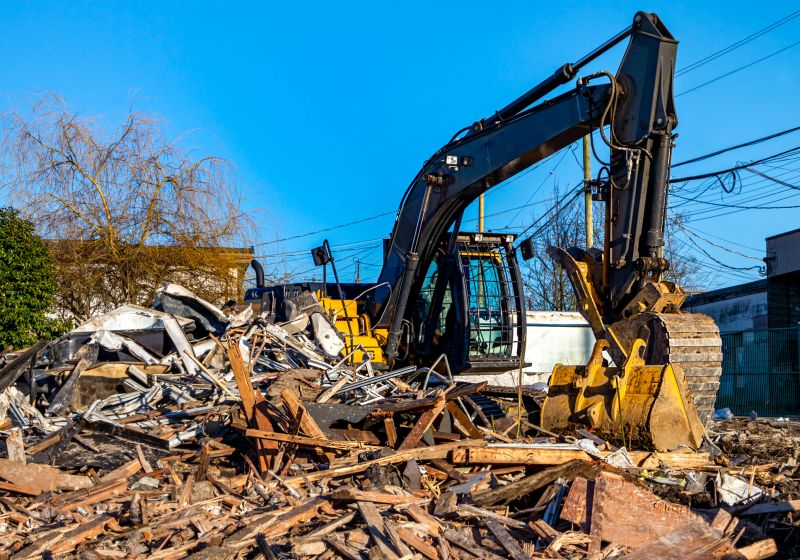
Ways to make Barn Demolitions work in tight or awkward layouts.
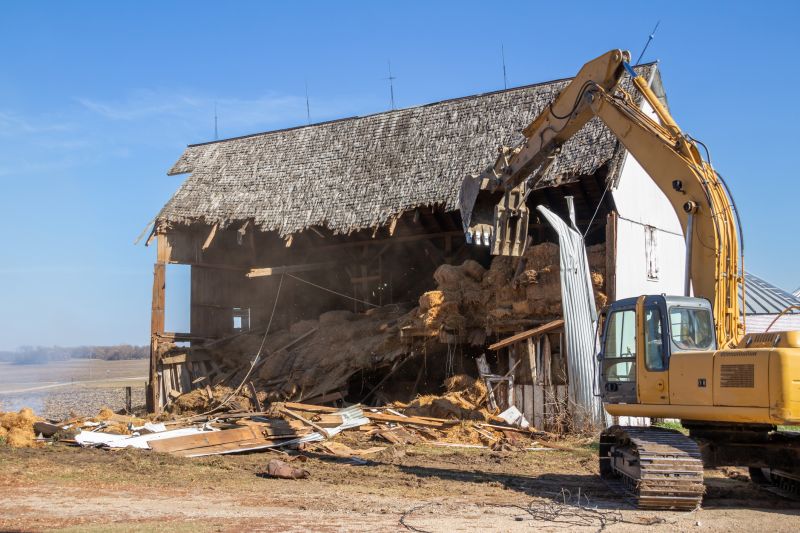
Popular materials for Barn Demolitions and why they hold up over time.
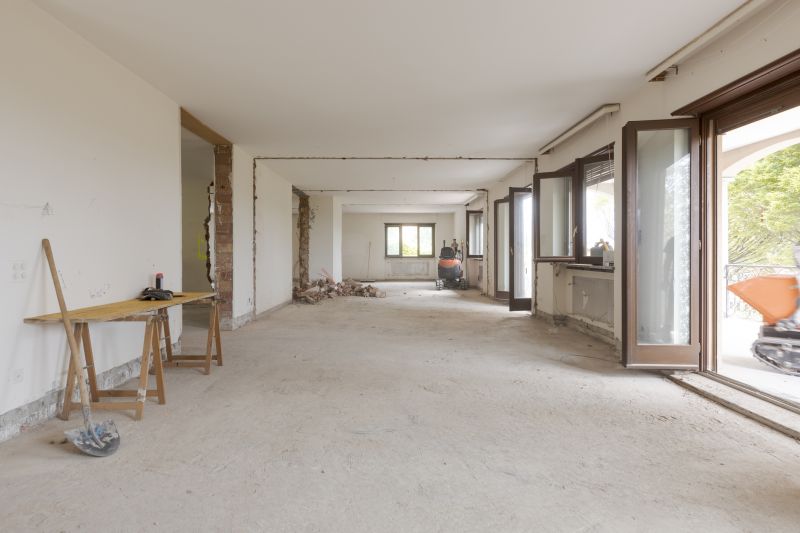
Simple add-ons that improve Barn Demolitions without blowing the budget.
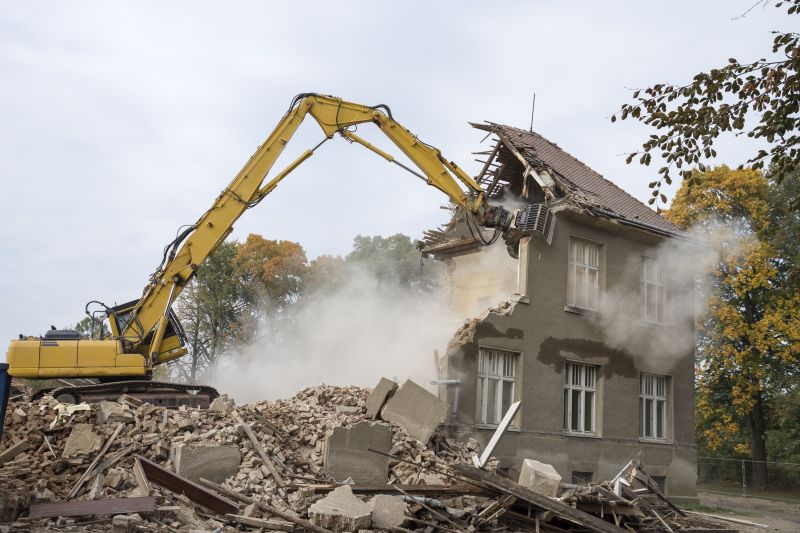
High-end options that actually feel worth it for Barn Demolitions.
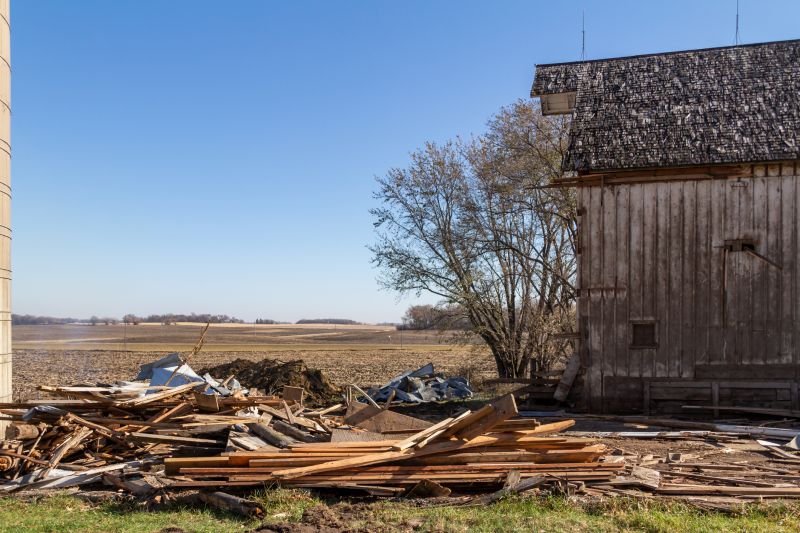
Finishes and colors that play nicely with Barn Demolitions.

Little measurements that prevent headaches on Barn Demolitions day.
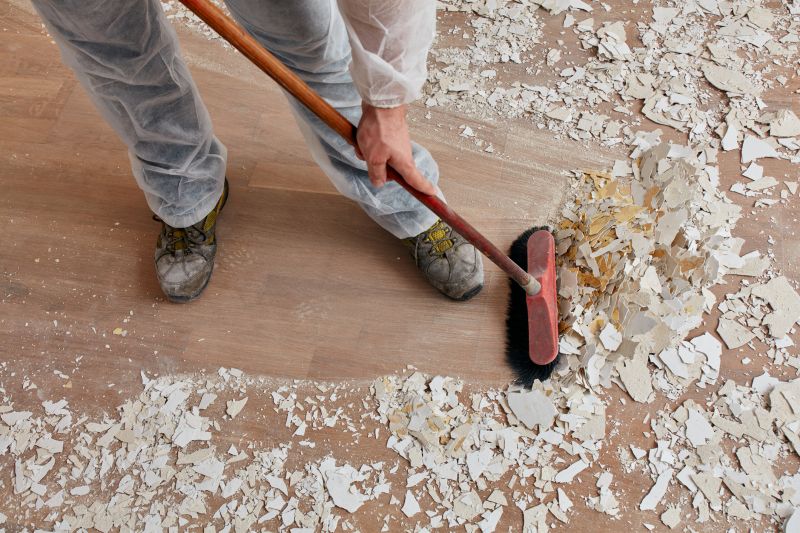
A 60-second routine that keeps Barn Demolitions looking new.
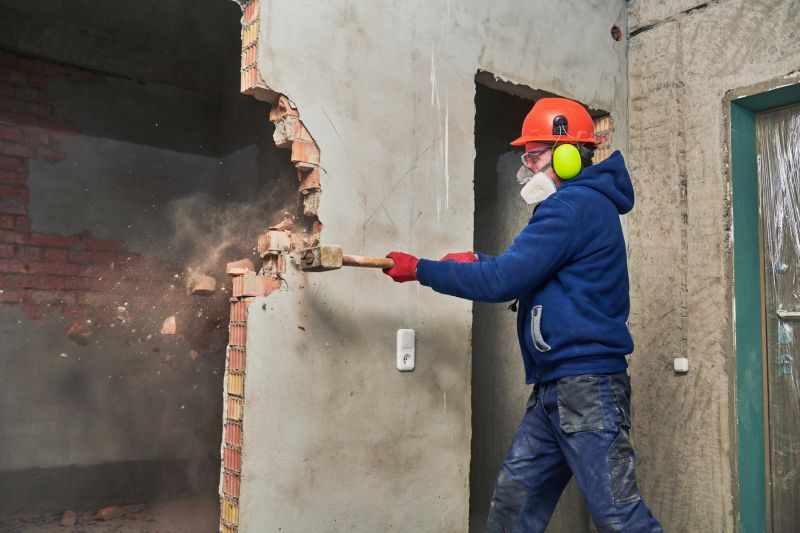
A frequent mistake in Barn Demolitions and how to dodge it.
| Factor | Impact on Timing |
|---|---|
| Weather Conditions | Can delay or accelerate demolition |
| Regional Climate | Influences optimal season choice |
| Regulatory Requirements | May restrict scheduling options |
| Construction Season | Aligns with other building activities |
| Safety Considerations | Mild weather reduces hazards |
